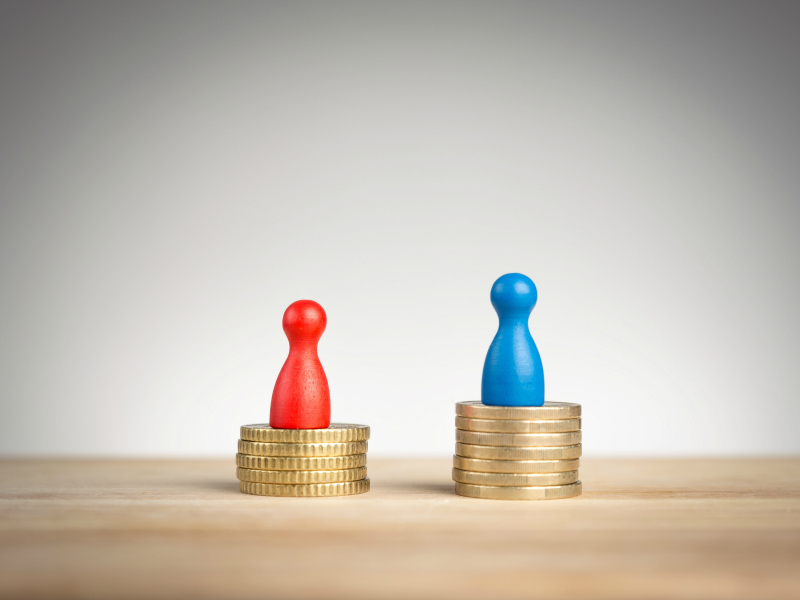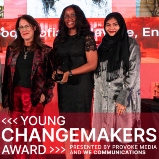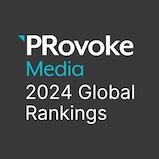Diana Marszalek 06 Dec 2021 // 7:20PM GMT

NEW YORK — New research from MSL US finds racial pay gaps in influencer marketing are far wider than they are in a range of other industries.
The study, conducted in partnership with The Influencer League (which supports influencers in monetizing content), shows the pay gap between white and BIPOC influencers is 29%. The gap between white and Black influencers is wider at 35%, according to the survey of 400-plus influencers and other data.
“There have been rumors of a racial pay gap for years, but no one in our industry has quantified it until now,” said D’Anthony Jackson, MSL’s digital and influencer strategist. “These are stark numbers by any measure. Just compare the 35% gap between white and Black influencers to the pay gaps in other industries — education 8%, business and financial 16%, construction 19%, media sports and entertainment 16%. The gap this study uncovered in influencer marketing vastly overshadows the gaps in any other industry.”
The research also finds 77% of Black influencers, versus 59% of white influencers, fall into the nano and micro influencer tiers (under 50K followers) where compensation from brands averaged $27,000 annually. Conversely, only 23% of Black influencers, versus 41% of white influencers, made it into the macro influencer tier (50K+ followers), where earnings averaged upward of $100,000.
Nearly half (49%) of Black survey respondents said their race contributed to an offer below market value; 36% of BIPOC participants reported having the same experience.
In addition, 59% of Black influencers and 49% of BIPOC influencers reported that they felt negatively impacted financially when they posted on issues of race versus 14% of white influencers.
A lack of pay transparency is the greatest amplifier of inequity in influencer marketing, MSL said. In fact, 92% of survey respondents said pay transparency is the one factor that could eliminate pay inequity.
Without such transparency, BIPOC influencers don’t have equal access to information and professional advice, putting them at a disadvantage when it comes to pricing and negotiations, MSL said.
This is most pronounced among Black influencers, 45% of whom said “managing the financial process” is the most challenging part of working with agencies and brands versus 27% of white influencers. The lack of a pay standard also makes wage discrimination easy to conceal and impossible to prove with 49% of Black influencers citing race as a factor in offers below market value.
In addition, speaking out on race affects Black influencers disproportionately, the study finds.
While 79% of Black influencers feel comfortable posting on DEI issues and 90% are passionate about issues of race, 59% felt they were negatively impacted financially when they posted on these issues versus only 14% of white influencers.
“Juxtaposed with the outpouring of support by brands for the Black Lives Matter movement and the many commitments companies have recently made to racial justice, this was particularly striking,” MSL said.
The one factor acting in BIPOC influencers’ favor, however, is the size of the BIPOC market, which has $4.8 trillion in buying power, the agency said. In addition, BIPOC consumers make up 48% of Gen Z and 43% of millennials, two of the most valuable consumer audiences, are BICOP.
“Issues of systematic injustice have plagued Influencer marketing for years — and been largely ignored for far too long,” said MSL US CEO Diana Littman. “Our research shines a spotlight on the present state of influencer marketing and charts the path forward for both the agency and our industry. Using MSL’s Fluency, the most advanced influencer management platform in the world, we will drive this change as it is our responsibility and obligation to create a data backed standard of fairness, propel equity and close the pay gap.”
MSL is rolling out a series of initiatives to address the situation. They include expanding an Influence League partnership, creating a scholarship for BIPOC influencers, and developing an influencer pay index to keep track pay disparity.



































.jpg)
















